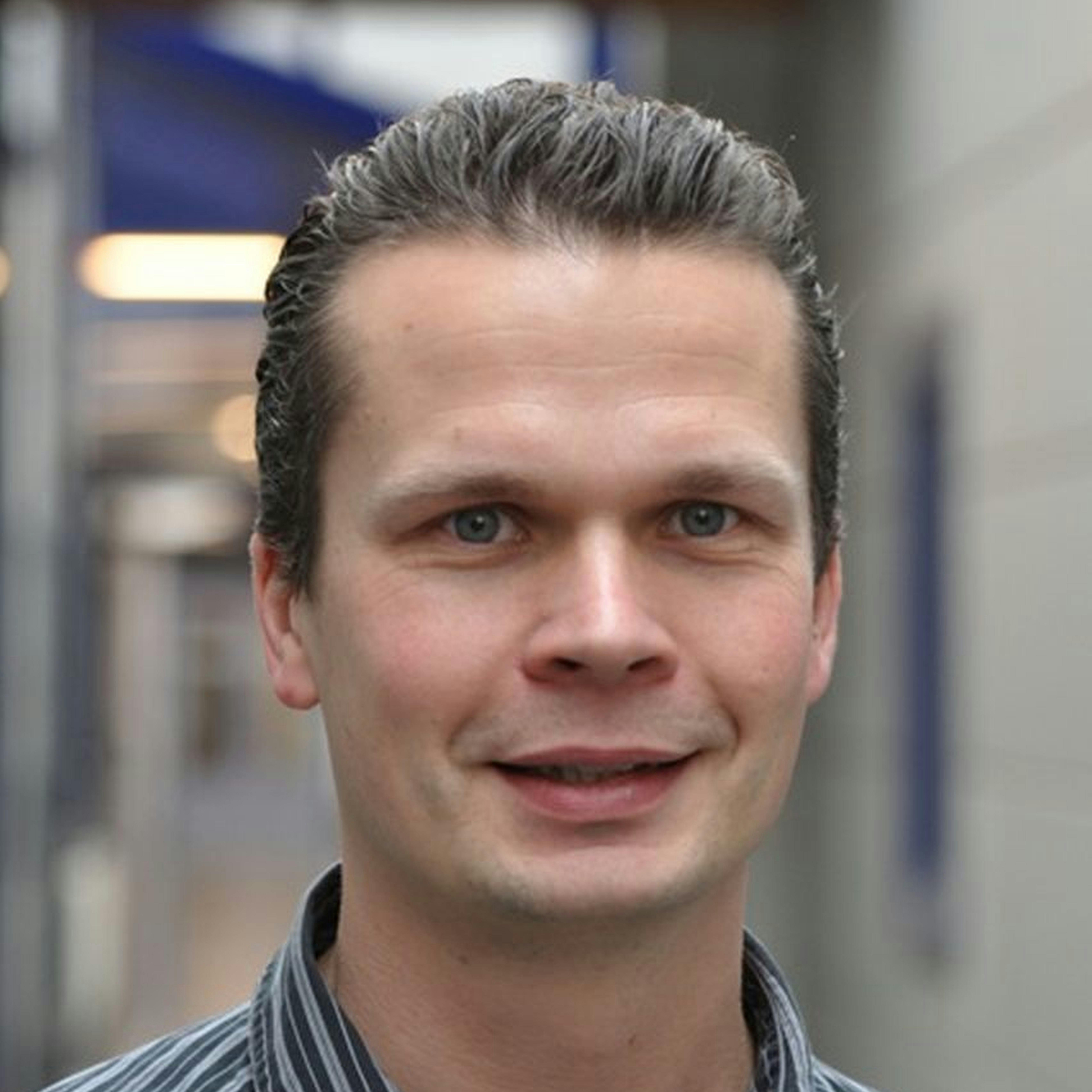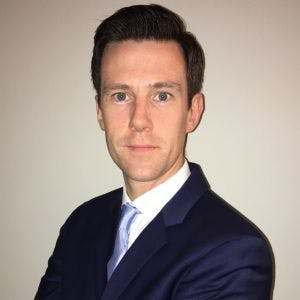Consumers expect modern electronics to provide increased functionality and still endure drops and vibrations. Although cooling and thermal problems constitute a significant source of electronics failure, vibration fatigue accounts for 22% of electronic equipment failures (according to BCC research).
How do you ensure that, when designing for robust product performance, the sensitive electronics inside your product survive regular use, or as we call it, operational vibrations? How do you virtually validate the optimization of your designs before production, increase quality and predict a more efficient and faster development process?
Watch this webinar to learn how to combine simulation and test to increase simulation fidelity, shorten development time and cost and pass verification with your first final prototype.
How to acquire real-life shock and vibration testing as inputs to simulation or an accelerated shaker test
Performing real-life shock and vibrations testing for inputs to simulation is helpful. Which events and how often do they occur in the device or product lifetime. You can measure vibration scenarios using sensors and gather data to use as inputs for simulation or shaker tests.
Accelerate innovation by predicting structural performance of shock and vibration testing early in electronics design
Assure the structural integrity of electronics components and systems at an early stage in the development lifecycle via combined insights of test and simulation. Test and simulation engineers should work collaboratively throughout the development process.
Reduce re-spins and time-to-market with electronics vibration testing and simulation software
Lacking thorough simulation and test can result in more costly re-spins and significantly delayed time to market. Siloed ECAD and MCAD disciplines hamper product development processes. Advanced simulation capabilities are no longer enough. To improve time-to-market and reduce respins for products, companies need to enhance connectivity from authoring systems to simulation and ultimately physical testing, enabling a complete digital thread.
Design robust electronics products with great drop test performance by using simulation and testing software
Simulation and testing software can thoroughly investigate drop and vibration-induced stresses in electronics. Simulation and testing software gives confidence before fabrication that designs will be robust enough for the intended application and that products will not fail prematurely.
Relatori

Frank Demesmaeker
Business Development Manager Mechanical Industries
Frank Demesmaeker si è laureato nel 1994 come ingegnere civile presso la Katholieke Universiteit Leuven (Belgio) e ha iniziato a lavorare presso LMS International - ora Siemens - in un ruolo di supporto tecnico per i clienti dell'area del Benelux. Negli anni ha acquisito una conoscenza approfondita e un'esperienza pratica delle problematiche relative a rumore e vibrazioni incontrate dai clienti di tutto il mondo, da un punto di vista tecnico, commerciale e di marketing. Attualmente, Frank aiuta a promuovere e configurare le applicazioni di prova in settori quali quello energetico, medicale, dei beni di consumo, navale, accademico e nel più ampio settore dei macchinari meccanici.

Dr. Oliver Taheny
Simcenter 3D Business Development Manager
Oliver Taheny is a Simcenter 3D Business Development Manager for Electronics, Turbomachinery and Medical Industries in the Mechanical Team. He has worked for Siemens since 2017 as a STS Portfolio Development Executive before joining the Business Development Team in 2022. He has almost 10 years industrial experience in both the Gas Turbine Industry and Telecommunications Industry in the area of thermal management. He obtained his PhD in Mechanical Engineering from the University of Limerick, Ireland.
